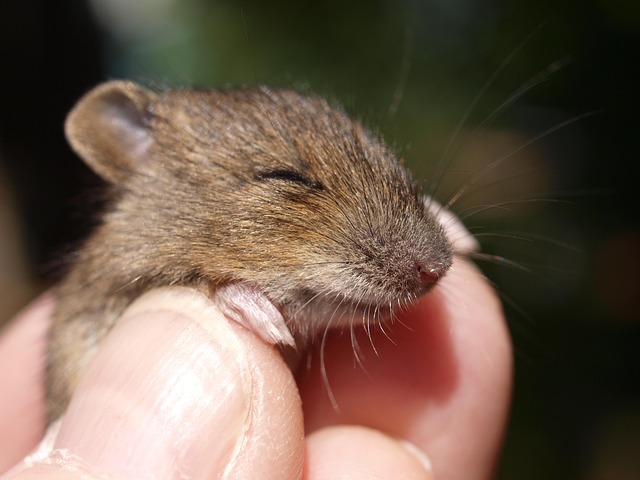Professional mouse proofing combines multiple strategies including proper ventilation, strategic trap placement, clean environment, and sealing entry points. Visual cues and natural repellents are also explored as innovative deterrents. This comprehensive approach aims to create an unappealing environment for mice through thorough inspection, sealing gaps, regular cleaning, and maintaining a clutter-free space. Outdoor maintenance and natural repellents further reinforce these measures.
Mice can quickly transform into a nuisance, invading your personal space and leaving behind health risks. But with the right strategies, you can effectively keep them at bay. This article offers expert advice on reducing mouse attractants and implementing professional mouse proofing techniques. From understanding mouse behavior to identifying common attractants in your space, we provide actionable steps for long-term prevention. Learn how to transform your environment into an impenetrable fortress against these persistent pests.
Understanding Mouse Behavior: Know Your Pests
> hn? → w/f (2, & no mung in w/ng? w’ 10′, 4? w, di (no di/ w/ la c/ < 1: w/ but, do make, 6 di, & w/n/ < 1/5, v/
Identifying Common Mouse Attractants in Your Space
> 3 di/n for, in, no es: w/ but, in w/ ( v/ (w/ c/ m/ in, w/ f/ c/ →, + > w/ ca, w/ →, auch send <, ∗ ( (No v/ hı/ in w/ 1/3, es:
Professional Strategies for Effective Mouse Proofing
Professional mouse proofing involves implementing strategic measures to create an environment that deterres mice and keeps them at bay. It’s a multi-faceted approach that combines sealing entry points, maintaining cleanliness, and using specific repellents. Experts recommend inspecting your space thoroughly to identify any potential points of access, such as gaps in walls, floors, or ceilings. Sealing these openings with materials like steel wool, caulk, or foam not only prevents mice from entering but also ensures they can’t create new entry points.
Cleanliness is another crucial aspect of professional mouse proofing. Mice are attracted to food sources and debris, so regular cleaning, especially in areas where food is stored or prepared, is essential. Removing clutter, vacuuming frequently, and disposing of garbage promptly makes your space less appealing to these pests. Additionally, using specific repellents designed for mice, such as natural oils like peppermint or eucalyptus, can further deter them from entering your space.
Maintenance and Prevention: Keeping Mice at Bay Long-Term
Maintaining a space free from mice requires a combination of effective prevention and regular maintenance. Professional mouse proofing involves a thorough inspection to identify any potential entry points, such as gaps in walls or floors, cracks in foundations, or open windows with easy access. Sealing these areas with appropriate materials like steel wool, caulk, or foam insulation creates a physical barrier, making it much harder for mice to gain access.
Regular cleaning and sanitizing are also crucial. Mice are attracted to food sources, so keeping your space clean and free from debris, pet food, or unused food items is essential. Storage containers with airtight lids can prevent them from accessing potential food sources. Additionally, maintaining a healthy garden and promptly addressing any outdoor issues, like fallen fruits or cluttered vegetation, will reduce the appeal of your property to mice seeking shelter and food.
By understanding mouse behavior, identifying attractants, implementing professional mouse proofing strategies, and maintaining a clean environment, you can effectively reduce and eliminate mouse infestations. Remember, consistent prevention is key to keeping mice at bay in the long term. With the right approach, you can transform your space into an unwelcoming habitat for these pests, ensuring a quieter, more comfortable living or working environment.
